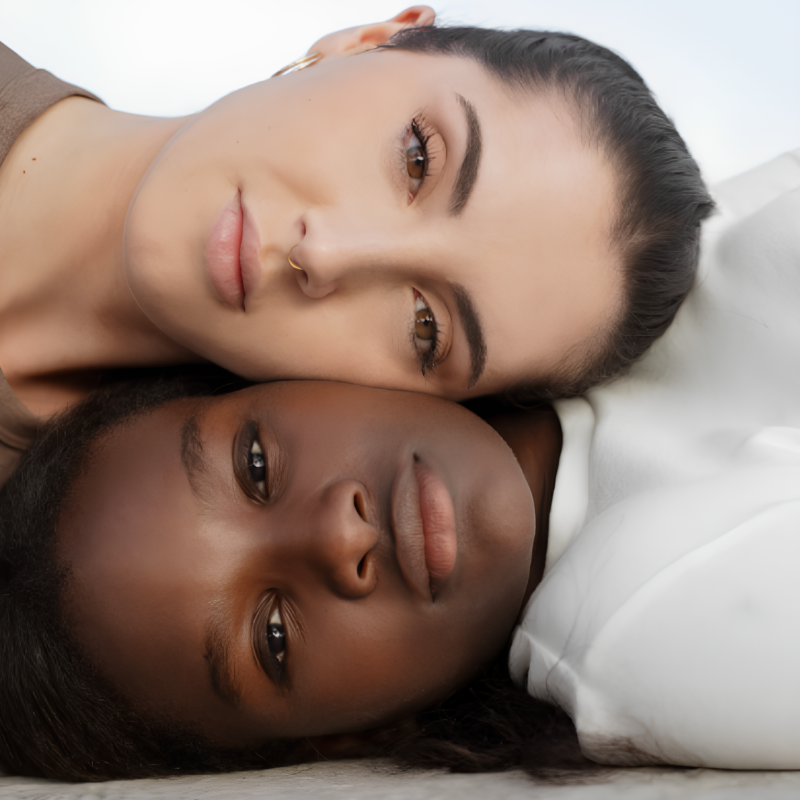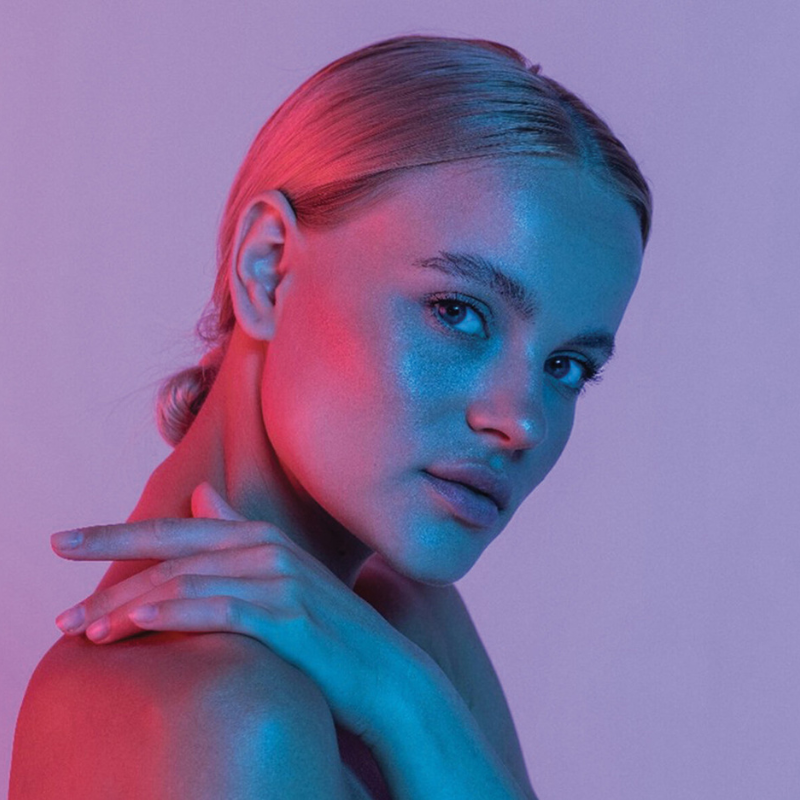By Bernhard Fink, Remo Campiche, Todd K. Shackelford, Rainer Voegeli
Abstract
Objective
Age-related skin changes in the periorbital region caused by intrinsic (e.g. atrophy of collagen and fat) and extrinsic (e.g. sun exposure) factors, including skin wrinkling, hyperpigmentation, dark circles and lateral canthal lines (‘crow’s feet’), are a concern for women. We investigated the impact of under-eye skin and crow’s feet on perceptions of women’s faces in different ethnic groups.
Methods
Facial images of women (n = 180) from five ethnic groups were rated for age, health and attractiveness by naïve assessors of the same ethnic group (n = 120). Digital image analysis was used to quantify visible skin characteristics in two facial regions, that is, under the eyes (colour, gloss, tone evenness and wrinkles) and in the crow’s feet region (wrinkles only). Skin image measurements were used to predict face ratings in the full sample and separately by ethnicity.
Results
Ethnic differences were detected for measurements of skin colour, gloss, tone evenness and wrinkles – the latter under the eyes and in the crow’s feet region. Correlational and regression analysis indicated a major role of wrinkles (both regions) in predicting rated age, health and attractiveness from the facial portraits across ethnic groups, with some variation in the types or the predictive magnitude of skin characteristics.
Conclusion
The predictive utility of under-eye wrinkles and crow’s feet for rated age, health and attractiveness correspond to women’s reported concern with under-eye bags, dark circles and crow’s feet. Despite some ethnic differences in these features, their impact on women’s facial appearance ratings is similar across ethnic groups.





